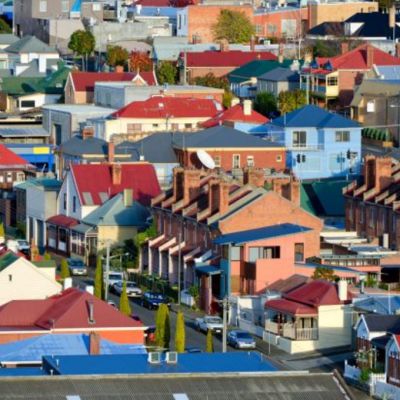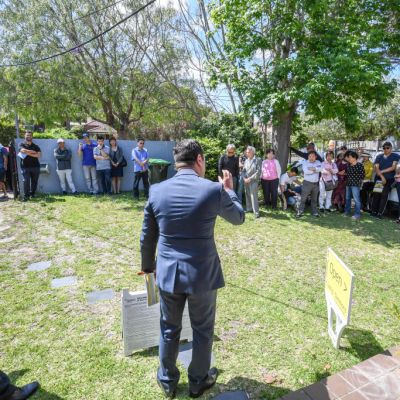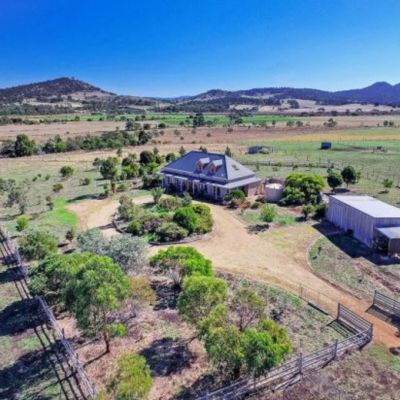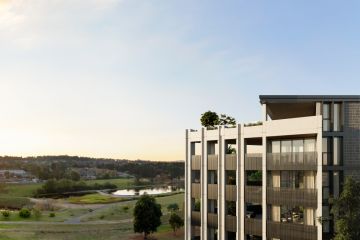How Hobart is pushing its property and liveability credentials while still remaining family-friendly
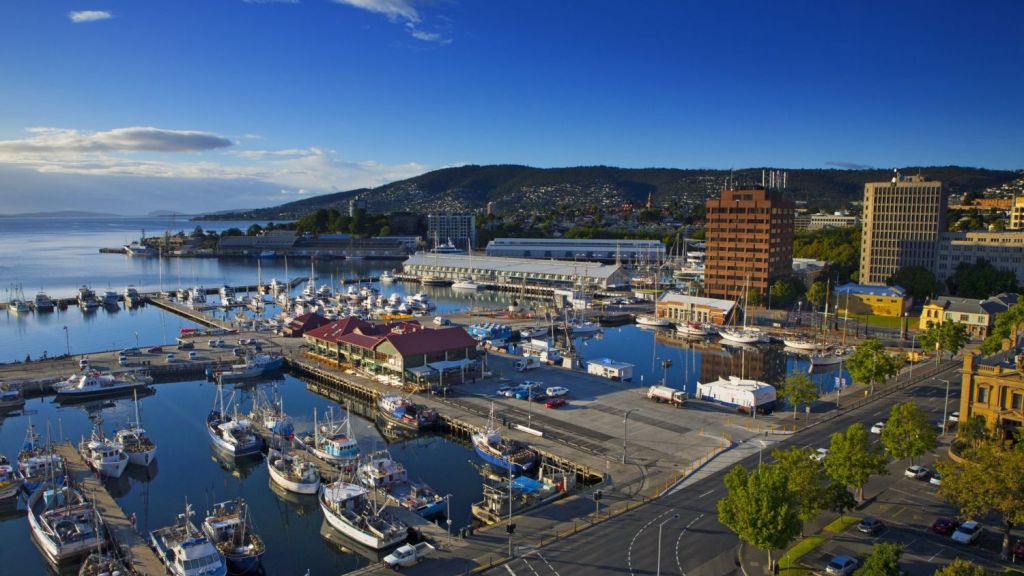
Hobart has had a rip-snorter of a year for residential property price growth.
For the 12 months to September 2018, Domain reports house prices rose 19.3 per cent, and unit prices were up 12.8 per cent, outperforming the rest of Australia by a country mile.
And while the impressive price rises are now beginning to slow, Charlotte Peterswald for Property director Kim Morgan says the market continues to do well.
“The rapid growth we saw over two to three years has moderated and settled down to a more sustainable level,” he says. “We’re not seeing dramatic rising prices, but they’re still rising.”
“I think, fundamentally, because we’ve not had millions of dollars of speculative money coming into the market, because it’s a domestic market, it’s still a market that has legs to run.”
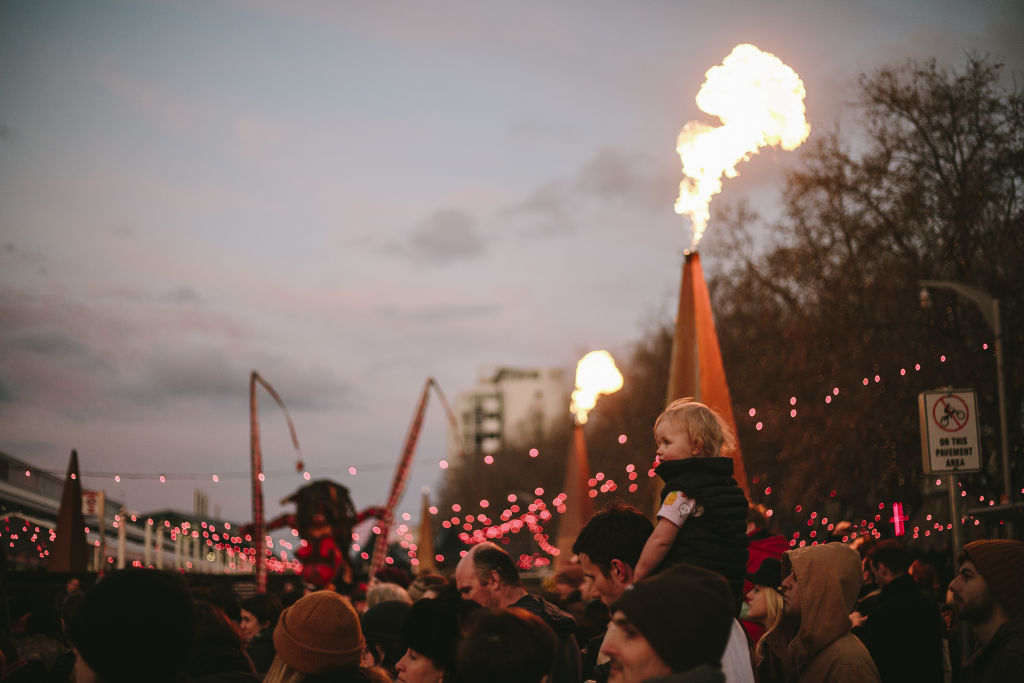
Hobart continues to establish itself as both a hip home-base and a magnet for domestic and international tourism. Public and private dollars are pouring into the city, reshaping its skyline and meeting growing population needs.
“There is money being spent on significant infrastructure here in the CBD,” says Morgan, citing the Parliament Square precinct and the $689 million redevelopment of the Royal Hobart Hospital.
Set between the CBD, Salamanca Place and the waterfront, Parliament Square is home to the new $150 million Salamanca building, hosting employees of government agencies and the Department of Premier and Cabinet. New restaurants, retail spaces and bars will open in the coming months and The Tasman, a $30 million, 152-room Luxury Collection hotel, is due to open late in 2019.
The new 221-room Hyatt Centric under construction on Elizabeth Street is also expected to open in 2019.
“Our economy is the best it’s been for years, there’s a real air of optimism,” says Morgan. “Business, in general, is doing well, retail spending is going ahead of trend, and we’ve got a record number of visitors injecting millions into the economy.”
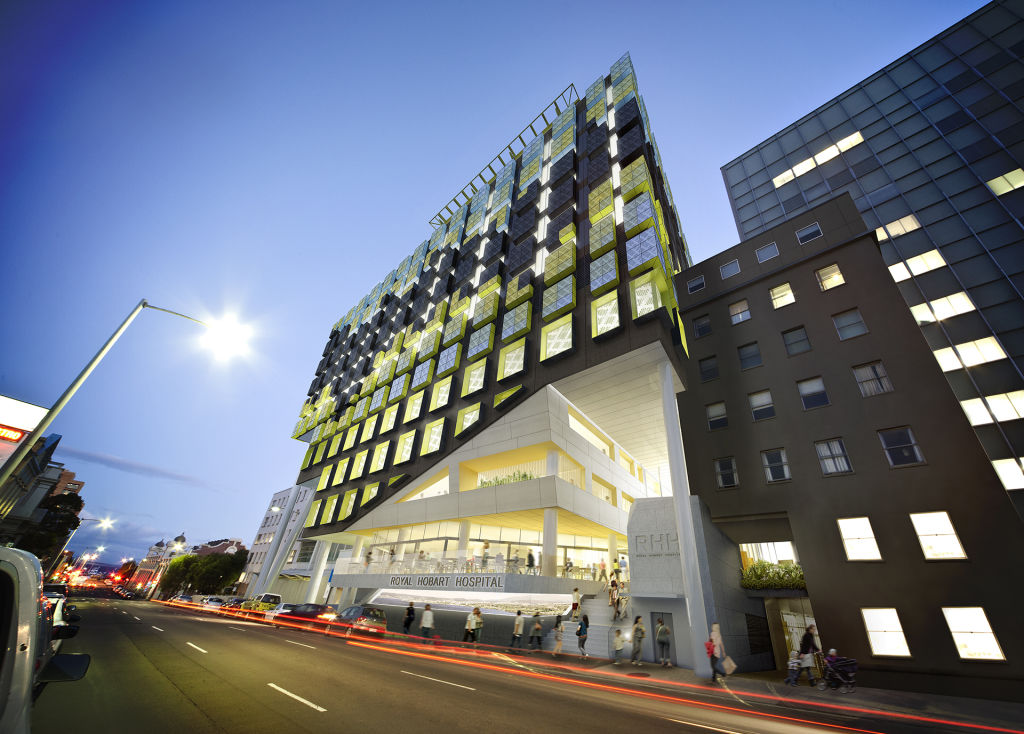
Morgan says the growing population includes an influx of young families, a new trend that reflects the government’s push to attract mainlanders to the Apple Isle.
“Traditionally it’s been the opposite: young families would leave Hobart,” he says. “But we were the first state to have the NBN roll-out, and we saw the impact of that two to three years ago with people moving to Hobart and maintaining their jobs on the mainland.”
Morgan says many of these newcomers work in arts-based fields, an area that will get a major boost with the University of Tasmania’s (UTAS) $96 million creative industries and performing arts development, The Hedberg. Once complete in 2020, The Hedberg will encompass the Theatre Royal and the University Conservatorium of Music.
UTAS is also home to an elite athletes program, allowing local and interstate students to pursue their sport while completing a degree.
UTAS Cricket Club President Charles Rose says the university is very supportive of elite athletes, providing them with the chance to develop an alternate career with access to terrific facilities and grounds.
Rose says the club has a couple of cricketers on the elite athlete program and along with other club members, players have unusually good access to international cricketers.
“We’ve got good access to international and state players in Hobart with just eight teams,” he says. “Our players have the opportunity to train and play with international cricketers, which is not something you can regularly get in other states.”
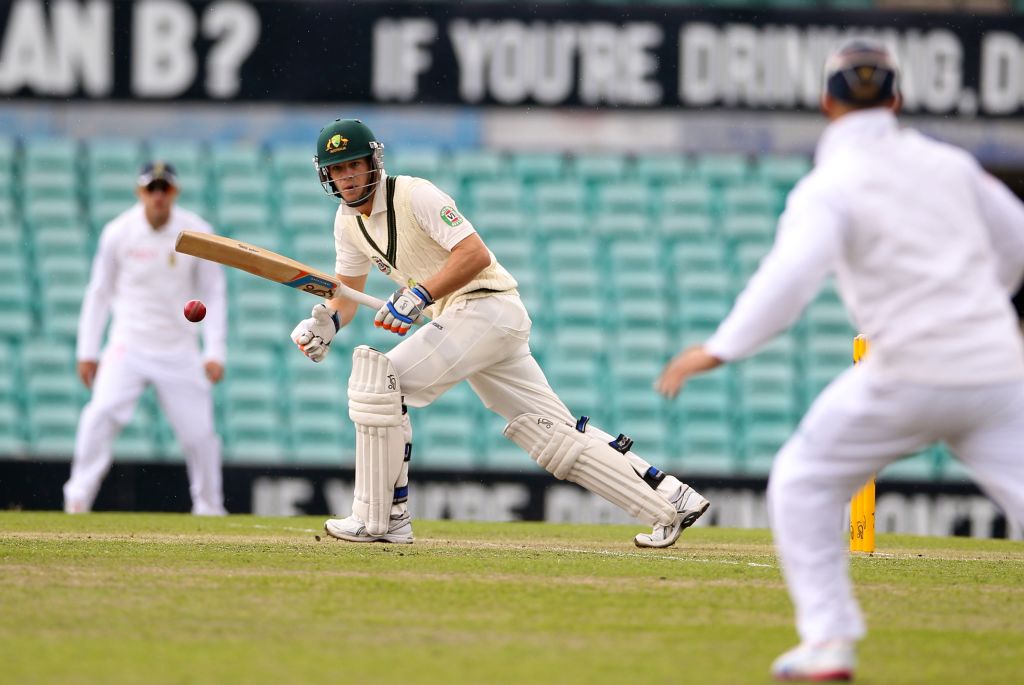
Rose says Australian Test captain and Hobart local Tim Paine is the club’s most notable player and is very heavily involved with the club as director of coaching.
“He keeps in tune with what is going on, both on and off the field,” says Rose. “He was down a couple of weeks ago looking at establishing the coaching structure, and he oversees our program.”
Rose says when players do come back they enjoy the “quiet of Hobart”.
These days, they can also enjoy an increasingly sophisticated city centre.
We recommend
We thought you might like
States
Capital Cities
Capital Cities - Rentals
Popular Areas
Allhomes
More
